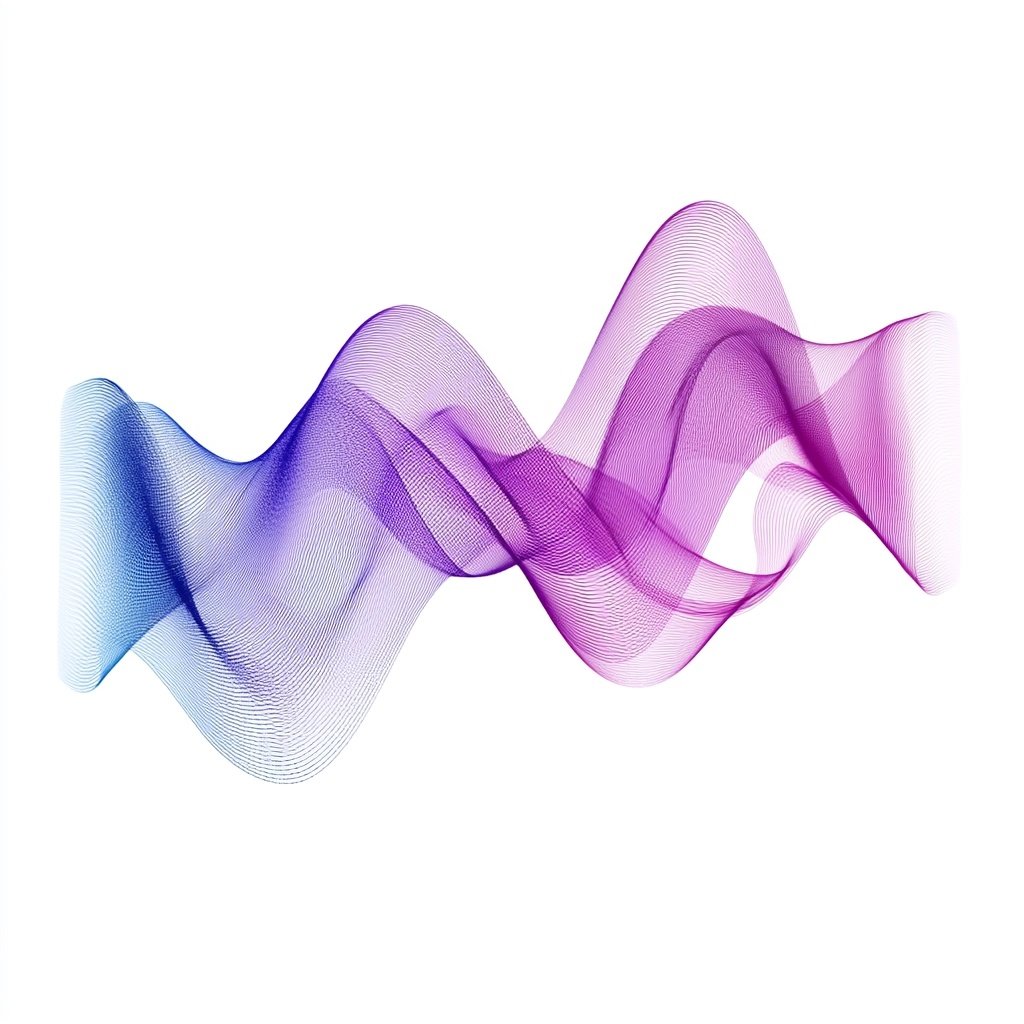5 Science-Backed Facts About Bilateral Stimulation
Understanding why rhythm helps calm the mind and body
Bilateral stimulation may sound like a clinical term, but it refers to a simple and natural rhythm the brain already understands. From walking to rocking a baby, our nervous systems have always responded to back-and-forth motion. In EMDR therapy, and through EMDR Music, this rhythm is intentionally used to support emotional regulation and memory processing. Below are five science-supported facts that explain why bilateral stimulation is effective—and how it supports healing.
1. Bilateral stimulation reduces overactivity in the fear center of the brain
The amygdala plays a key role in detecting threat and activating the stress response. In individuals with trauma, anxiety, or chronic stress, this part of the brain often becomes overactive. Research shows that bilateral stimulation helps reduce amygdala activation, creating a felt sense of safety and downshifting the nervous system from hyperarousal.
Reference: Pagani et al., Frontiers in Psychology, 2017
2. It supports memory reconsolidation by changing how distressing memories are stored
EMDR therapy uses bilateral stimulation to access and reprocess painful or stuck memories. This process helps the brain reconsolidate those memories in a new way—reducing emotional intensity and making space for updated, adaptive perspectives. This isn’t about erasing memory—it’s about shifting the emotional charge.
Reference: Lee & Cuijpers, Psychological Medicine, 2013
3. Bilateral stimulation increases communication between brain hemispheres
Alternating left-right input appears to enhance integration between the brain’s hemispheres. This helps the mind process experiences with more clarity and balance—linking emotional awareness (right hemisphere) with language and logic (left hemisphere). Over time, this integration can strengthen emotional resilience.
Reference: Propper & Christman, Neuropsychologia, 2008
4. It mirrors the rhythm of REM sleep, which is essential for emotional processing
REM sleep is the phase of sleep associated with dreaming and emotional processing. The eyes naturally move from side to side during this stage, and bilateral stimulation mimics this same rhythm. Studies suggest this connection may help explain why EMDR—and EMDR-inspired music—can support deep emotional release and rest.
Reference: Stickgold, Harvard Medical School, 2002
5. It helps activate the parasympathetic nervous system—the body’s calm state
When the brain receives rhythmic, alternating stimulation, it shifts out of survival mode and into a parasympathetic state. Heart rate slows, breathing deepens, and muscle tension softens. In this state, the body can rest, digest, and repair. EMDR Music is designed to support this shift gently and consistently.
Reference: Elofsson et al., Journal of EMDR Practice and Research, 2008
Closing Thoughts
Bilateral stimulation isn’t just for therapy—it’s a tool for everyday nervous system support. Whether you're using EMDR Music to prepare for sleep, unwind after a stressful day, or create a sense of safety in your body, the science is clear: rhythm regulates. When the brain feels safe, healing becomes possible.
Want to learn more or experience it yourself? Explore EMDR Music for calm, sleep, and emotional regulation [insert link].
